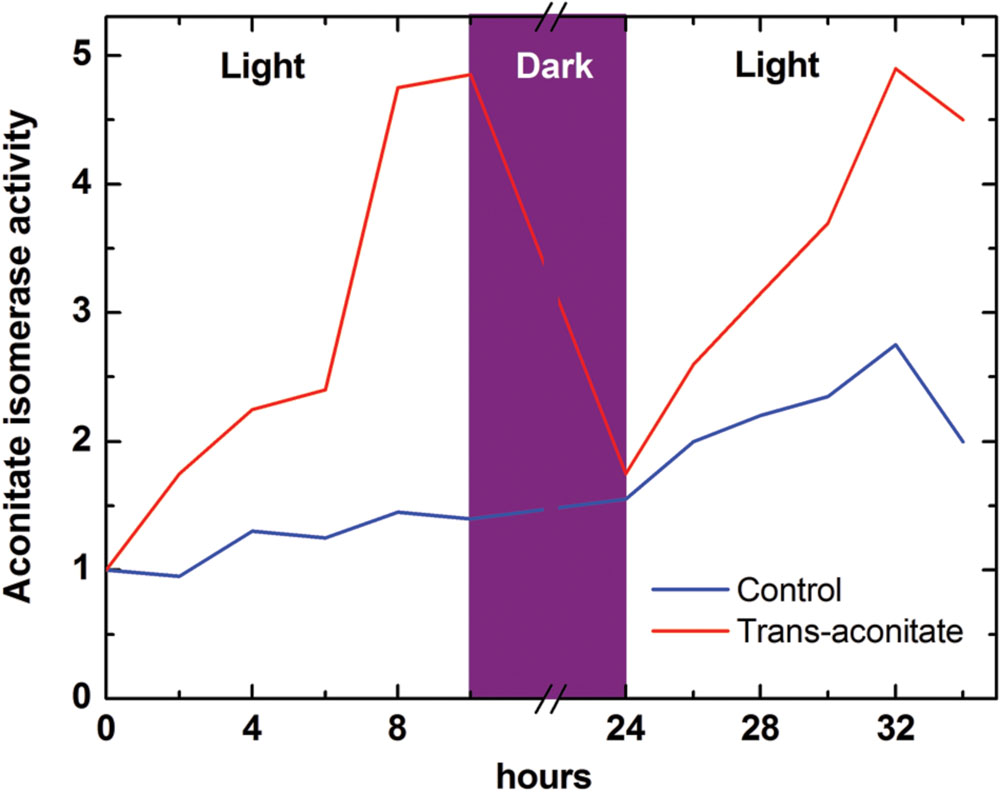

Nevertheless, it has become evident that other changing climatic factors, such as the rise in temperatures and longer droughts, are having strong effects on vegetation and are driving species out of their normal habitat range ( Lenoir et al., 2008). Thus, in synergy with the carbon-concentrating mechanism, high CO 2 concentrations stimulated higher afternoon carbon fixation by Rubisco. Surprisingly, long-term experiments showed a higher CO 2 uptake in CAM plants that was not down-regulated with time, as occurred in most C 3 species studied ( Drennan & Nobel, 2000).

Early studies on the effect of climate change on vegetation focused on the response to increased CO 2 concentrations. During the day, the acids are broken down and the carbon available is used by the enzyme ribulose 1,5-bisphosphate carboxylase/oxygenase (Rubisco) in the Calvin cycle. The CO 2 is initially fixed by the enzyme phosphoenolpyruvate carboxylase (PEPC) and stored in organic acids. Will CAM plants expand their range as a result of climate change?Ĭrassulacean acid metabolism is a carbon-concentrating mechanism where stomata open mainly at night, when driving forces for transpiration are low, thus minimizing water loss. In this symposium, the role of CAM plants under climatic change was discussed, from genetic, physiological and ecological perspectives. The symposium ‘Crassulacean Acid Metabolism Plant Species as Markers of Global Climatic Change’, recently took place within the Second National Ecology Meeting of the Mexican Scientific Society of Ecology (SCME), Merida, Mexico.

Therefore, this curious metabolism could represent a competitive advantage under current climate change, where predictions in tropical areas are higher temperatures and longer droughts ( IPCC, 2007). In nonaquatic plants the CAM pathway is usually accompanied by several mechanisms to cope with drought and high temperatures. The crassulacean acid metabolism (CAM) pathway evolved in response to stress, particularly to low-water supply or to low-CO 2 supply. A symposium within the Second National Ecology Meeting, Mexican Scientific Society of Ecology, Merida, Mexico, November 2008 Crassulacean acid metabolism plant species as markers of global climatic change.


 0 kommentar(er)
0 kommentar(er)
